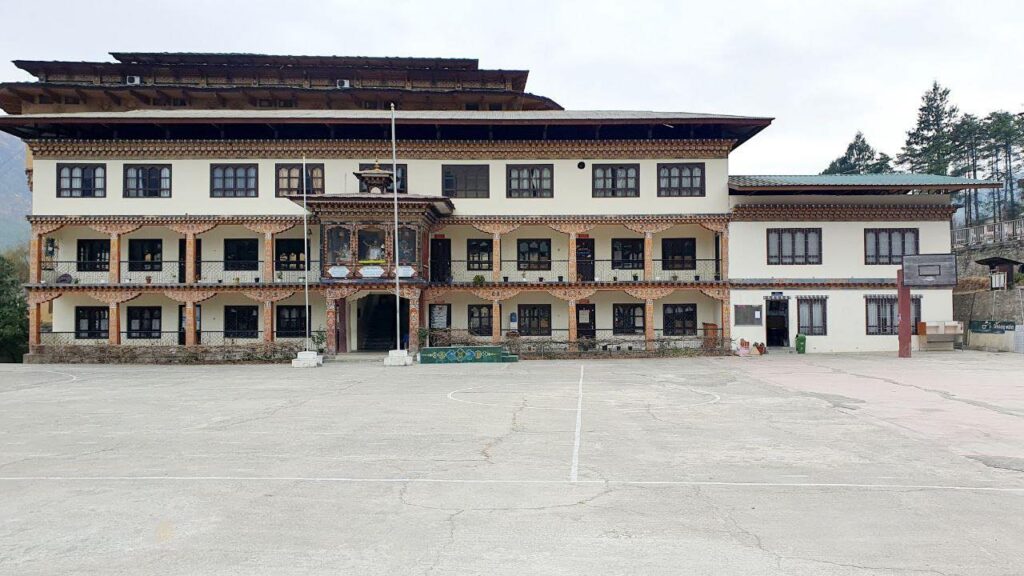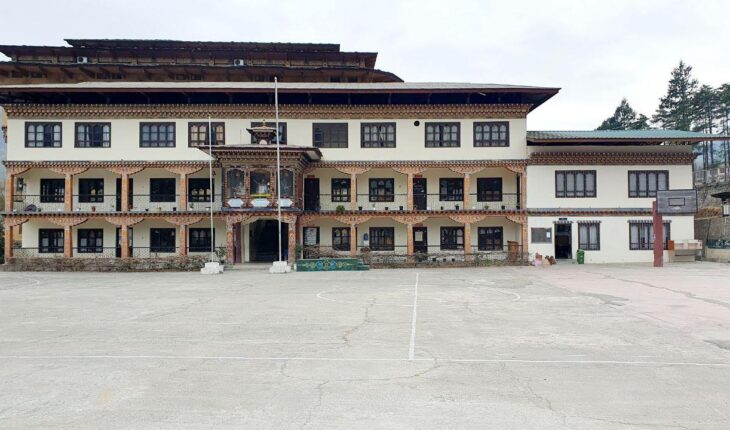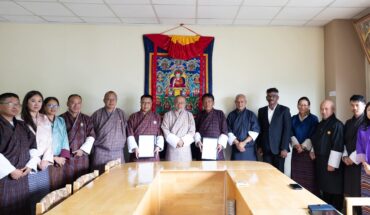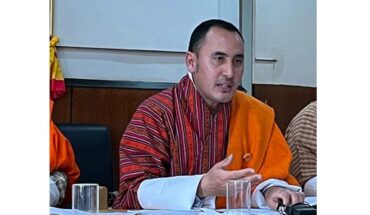
KINZANG DORJI TSHERING
Thimphu
Kelki Higher Secondary School, one of Bhutan’s earliest and most prominent private educational institutions, is set to close its doors, marking the end of a significant chapter in the country’s education history.
Chogyal Tenzin, the founding principal of the school, reflected on the institution’s legacy and the broader shifts in Bhutanese education that led to its closure.
Established in 1999, Kelki School was a lifeline for hundreds of Bhutanese students who otherwise would have been forced to seek education outside the country.
“In 1999, when it initially started, if students were not able to get themselves promoted to grade 11, they would go to Jaigaon, Kalimpong, Darjeeling, and Shillong,” Tenzin recalled.
These students, he explained, were primarily from families with financially stable guardians who could afford the expense of cross-border education.
However, the consequences of sending students abroad were not always positive.
“Many students who went outside, because of the fact that their parents were not near them, they got spoiled and didn’t study well,” he said.
For many families, the lack of supervision and exposure to distractions outside Bhutan led to poor academic outcomes. Kelki School was established in part to offer an alternative—a local, stable, and quality private education.
Beyond education, the presence of Kelki also had a broader economic implication.
“The money would circulate within the country if the students stayed inside the country,” Tenzin explained. Rather than spending on boarding and school fees abroad, families could invest that money into Bhutanese schools, indirectly supporting the national economy.
From 1999 to 2003, Kelki remained the only private school offering higher secondary education in the country. Its establishment was a bold and pioneering step, and its private nature allowed for operational flexibility that government schools lacked.
“Since Kelki is a private school, the initiatives taken did not need any kind of approval,” said Tenzin. “It was the initial owner who would take the initiative, which made it easier compared to government schools.”
This operational independence translated into faster decision-making, a more responsive administration, and the ability to tailor educational programs to meet students’ needs.
“A lot of lessons can be learned through a private school,” he added. “Private schools need much more attention compared to government schools, as the guardians of the students need to find money, get loans from the bank, and even sell their land in order to let their children study in private schools.”
Because of such sacrifices by parents and guardians, Tenzin emphasized that private schools had a unique responsibility to be accountable and dedicated.
“Accountability and sense of responsibility should be high,” he said.
However, the educational landscape in Bhutan has transformed dramatically over the past two decades. With increased investment in public education, the demand for private schools has steadily declined.
According to Tenzin, the closure of Kelki as of now does not have a lot of disadvantages, as government schools have better infrastructure, upgraded schools, and more slots for Class 11 students.
The statistics support this claim.
“The government made the slot of Class 11 students to 11,000, and the pass students were only around 9,600,” he noted.
This surplus of seats means that almost every student who passes Class 10 now has a place in a government school, reducing the urgency for private options like Kelki.
Today, there are only six private schools in Bhutan offering Classes 11 and 12. “There is admission pressure in these private schools,” Tenzin said. “Back in the day, there were 20 private schools—15 closed, and only 5 remained until a new school opened in Paro, making it 6.”
Tenzin traced this shift back to changing birth rates and government planning. “During those days, the population of Class 10 students rose year by year,” he said, referring to the early 2000s. But after 2010, the trend reversed.
“The number of students for admission in Class 10 was there but not that drastic like in the years before, mainly due to the fact that birthrate decreased due to family planning individuals in our country,” he said.
By 2011 and 2012, the decline in student numbers became more apparent.
“The number of children decreased, and due to the government creating a huge number of seats and having six private schools, there is not much of an impact,” Tenzin explained.
While the closure of Kelki may not significantly affect the overall student population today, it carries emotional and historical weight for those who studied and taught there.
It also signifies a shift in how Bhutan handles education—with the government now playing a much larger role in providing for every student’s academic journey.
Yet, even in its final days, Kelki’s role as a pioneer in Bhutanese private education is undeniable. At a time when options were scarce and opportunities limited, Kelki opened doors—not just for individual students, but for Bhutan’s entire private education sector.
It also helped lay a foundation for the professional growth of many Bhutanese youth who were able to stay close to their families, receive guidance, and grow in a disciplined and nurturing environment.
In doing so, Kelki not only offered an education—it helped safeguard values and fostered responsibility in ways that might not have been possible for students studying abroad without parental supervision.
For the founding principal, the legacy of Kelki is not just about buildings or infrastructure—it’s about the philosophy behind the institution. That philosophy was rooted in local opportunity, family connection, and educational accountability.
In his words, Kelki was a place where students remained under the watchful care of teachers and parents alike, where decisions were made swiftly for the benefit of students, and where every ngultrum spent was an investment not just in children, but in the country itself.




